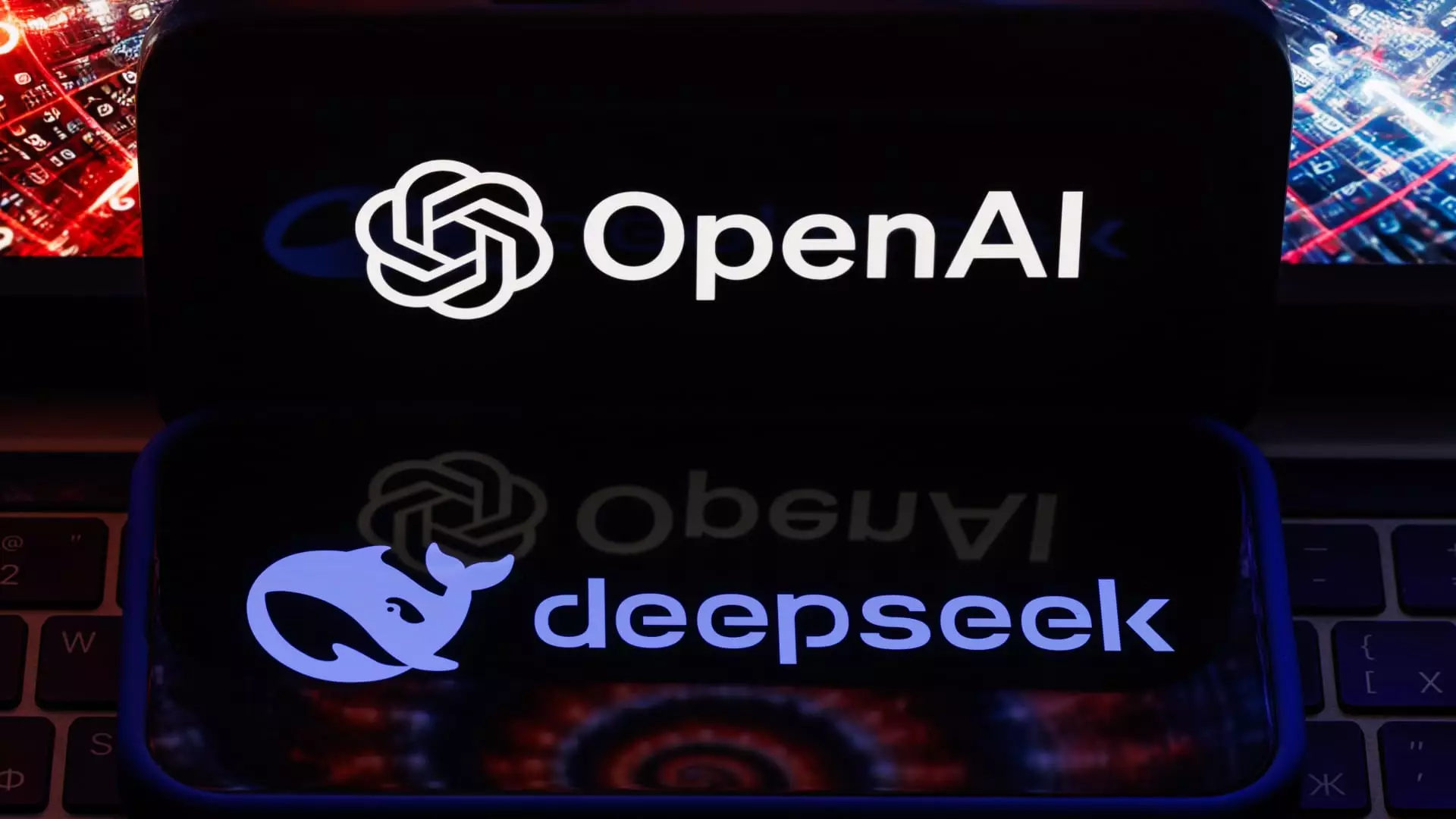In the dynamic realm of artificial intelligence (AI), the emergence of innovative methodologies can lead to significant market shifts and competitive upheavals. A recent event in January 2023 saw the Chinese AI lab DeepSeek spark a dramatic selloff in tech and semiconductor stocks, attributed to its announcement of AI models that reportedly outperformed their American counterparts in both cost and efficiency. This incident serves as a pivotal moment, highlighting not just the capabilities of one startup but a broader reconfiguration of the AI development landscape, particularly surrounding the concept of distillation.
Distillation is a transformative approach that enables developers to extract the knowledge from larger, complex AI models to create smaller, more efficient versions. This technique democratizes access to advanced AI capabilities, allowing entities with limited resources to leverage the power of sophisticated models. Essentially, while an established tech company may invest significant time and capital into developing a leading model, smaller teams can utilize the distillation process to engage with these “teacher” models. By querying the larger models, these teams can train their own specialized variants that match performance capabilities at a fraction of the cost and time.
For instance, a group of researchers at Berkeley was able to reproduce OpenAI’s advanced reasoning model in merely 19 hours, costing less than $500. Similarly, teams at Stanford and the University of Washington swiftly developed their iterations within an astounding 26 minutes for less than $50. These examples underline a significant paradigm shift, where the barriers to entry in AI development are rapidly diminishing because of distillation.
The comments from industry leaders, such as Ali Ghodsi, CEO of Databricks, underscore the implications of this technique. Ghodsi notes the tremendous potential for competition in the landscape of large language models (LLMs), emphasizing that a more varied pool of developers can now contribute to advancements regardless of their initial resource levels. As the barriers continue to fall, a proliferation of innovative solutions is likely to emerge, elevating the competitive atmosphere within the AI space.
Moreover, the rise of small startups adept at utilizing distillation may redefine what it means to be an innovator in AI. Rather than being constrained by the traditional frameworks dictated by larger corporations, these nimble entities can operate with agility, harnessing the insights gleaned from expansive models developed by major tech players. This evolution not only fosters competition but encourages a diverse ecosystem where new ideas can flourish.
DeepSeek’s achievements also spotlight the growing influence of the open-source movement in AI. The surge of transparency and accessibility in AI development is accelerating innovation in ways that traditional closed-source models cannot match. Arvind Jain, CEO of Glean, articulates this sentiment, asserting that successful open-source projects generate substantial momentum that is difficult for proprietary solutions to rival.
The strategic pivot by companies like OpenAI, who are reconsidering their closed-source endeavors in favor of an open approach, further corroborates this shift. Their acknowledgment that an open-source strategy could foster greater innovation reveals a critical understanding of the evolving tech landscape. In the wake of emerging competitors like DeepSeek, the necessity for transparency becomes apparent; collaborating openly encourages a collective push towards groundbreaking advancements.
The developments instigated by DeepSeek and the capabilities offered through techniques like distillation signal a watershed moment in AI development. The potential for smaller startups to compete on a level playing field with established tech giants marks a clear transition towards a more diversified and competitive environment. As traditional barriers crumble, and the embrace of open-source initiatives expands, it is evident that we are entering a new era of innovation in artificial intelligence—a space where creativity, collaboration, and resourcefulness will dictate the future landscape of technology. The implications of these changes will continue to reverberate, shaping the trajectory of AI for years to come.


Leave a Reply